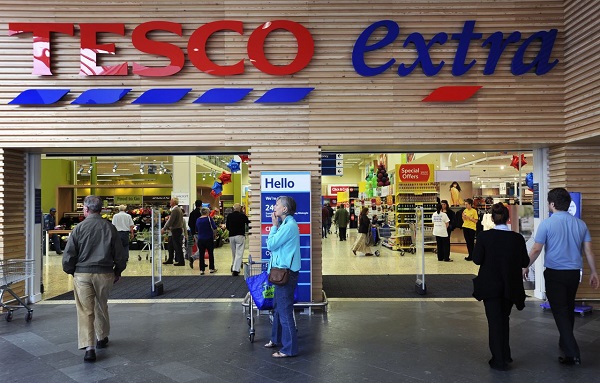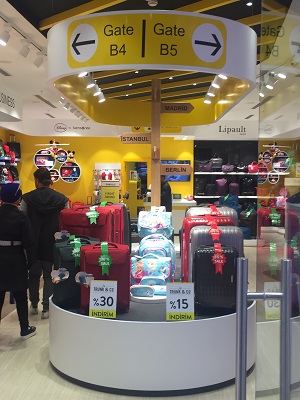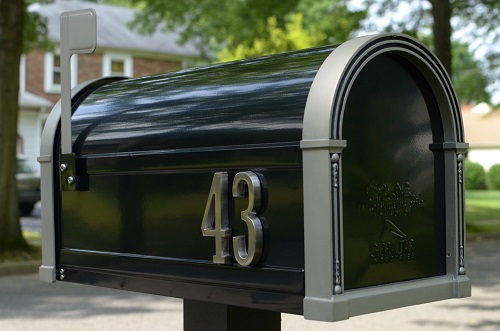 Now we’re getting a taste of how much change Dave Lewis is planning to make at Tesco. The announcement that Tesco will cut 30% of its range is a welcome move and one which, if nothing else, signals that Mr. Lewis is not afraid of taking big decisions.
Now we’re getting a taste of how much change Dave Lewis is planning to make at Tesco. The announcement that Tesco will cut 30% of its range is a welcome move and one which, if nothing else, signals that Mr. Lewis is not afraid of taking big decisions.
Tesco’s range has ballooned in the last few years, with around 90,000 lines in its stores. What is amazing is that even reducing this number by almost a third will still leave Tesco with similar ranges to its nearest competitors. Why has Mr. Lewis made range reduction a priority for his business?
Range reduction is good for shoppers
Removing lines will dramatically improve the shopping experience for Tesco shoppers. While many shoppers will be worried that they won’t be able to buy their favorite products, the axed products are likely to be very slow sellers and won’t be missed by many shoppers. Given that the average shopper buys around 400 or 500 different products a year, there still should be plenty of choice! Reducing the range will actually make it easier for shoppers to find what they are looking for. Rather than scanning eight meters of, say, air fresheners, they will be confined to a smaller area. Big sellers will be afforded more space, making them easier to spot. More space will mean more stock of fast selling products, reducing the chances of popular products going out of stock. All good news for shoppers.
Range reduction is good news for Tesco
This is also a great step forward for Tesco. It signals a focus on stocking products which sell, rather than just stocking products to collect fees from suppliers. The change is mooted to take place all in one go, allowing a dramatic shift in the way the stores look – allowing Tesco to present a ‘relaunch’ of their stores.
Range reduction will massively drive profits
While (unsurprisingly) Tesco want to focus on the shopper benefits of the move, there are also cost and profit benefits. Holding inventory is expensive for any business. For retailers it is one of the biggest costs after the cost of the stores. Reducing the total amount of inventory is one thing, but by cutting the slowest sellers, they will also dramatically improve stock turn. Retailers make money by turning stock rapidly. Typically they will sell negotiate credit terms with suppliers which mean that they will have sold the product to a shopper before they pay the supplier. This is one of the main reasons discounters can offer such low prices. If Tesco can turn their inventory faster this will free up cash, which Tesco can invest in other activities, in particular (according to Mr. Lewis) price cuts.
Range reduction will cut costs.
And of course, there are other cost savings. Slow selling lines are more likely to go out of date, so obsolescence costs will be reduced. Shelf-stacking will become more efficient, warehouses can be simplified. There will be savings throughout the supply chain.
What is really heartening about this move is that it signals a major shift in Tesco’s approach to profit. As explained here, retailers make money from two sources. They make a profit on the product that they sell to shoppers. They also make money out of charging suppliers for listing fees, display fees, and the like. One of the core reasons Tesco has allowed its range to become so bloated is that they were desperate for the cash for listings and the like. This move signals a shift back to focusing on profits from sales to shoppers, rather than supplier payments. And that bodes well for the business as a whole. I hope that more retailers in the UK and around the world wake up to this and start focusing on their core business too.
A really smart move by Mr. Lewis. Nice one!
If you enjoyed this, you can find more of my articles, or invite me to come and speak to your team or conference here




